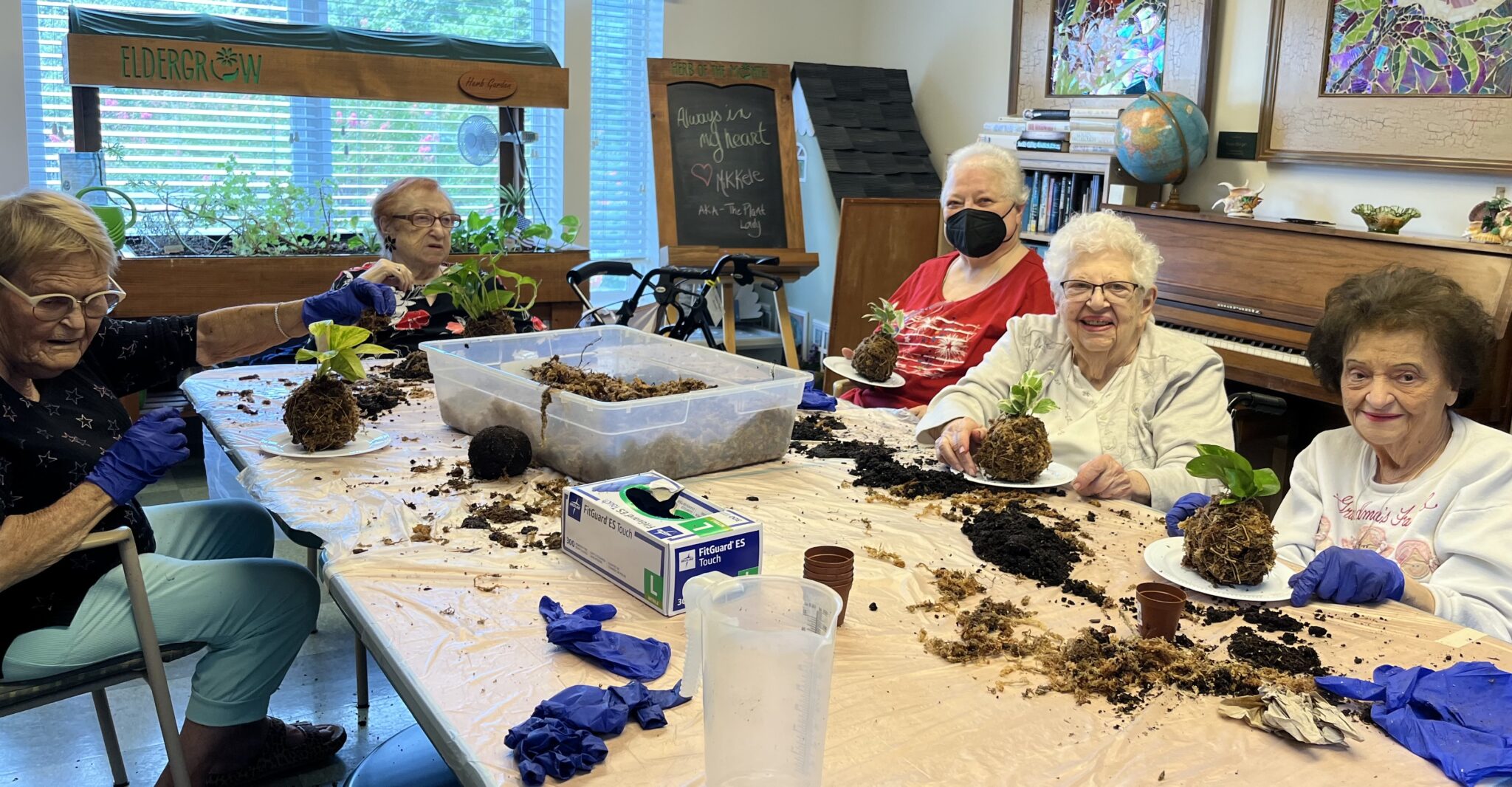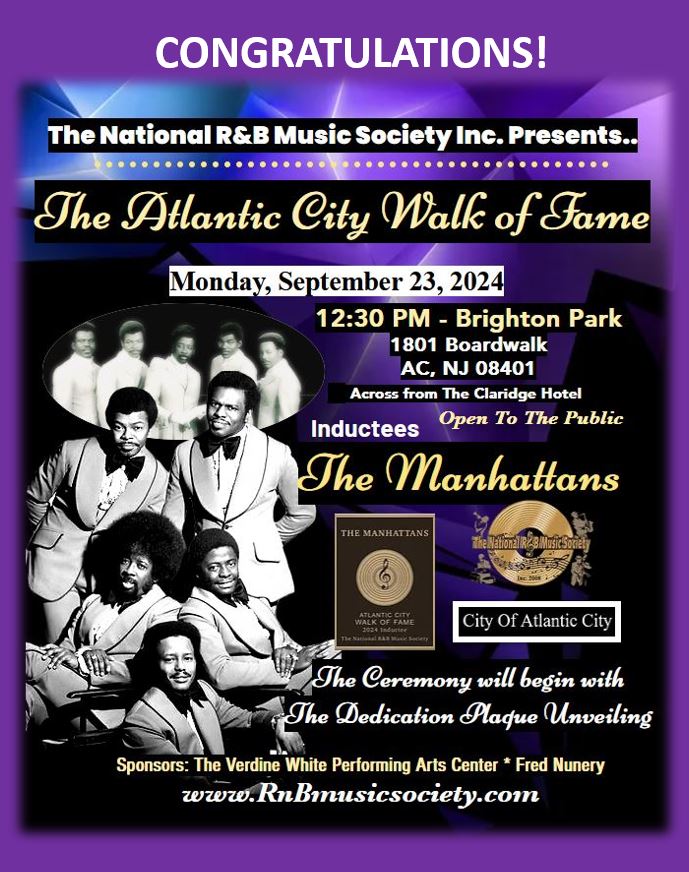By Erica Hoffman
LGBTQ+ Pride hit a milestone this year when it reached its 50th anniversary. What started as a series of spontaneous violent demonstrations by members of the gay community has transformed into a world-wide celebration.
If you are unfamiliar with this ever-growing acronym, here is a cheat sheet:
- Lesbian
- Gay
- Bisexual
- Transgender
- Queer or Questioning
At times you also may see a plus sign after LGBTQ which represents other sexual identities including pansexual, asexual and omnisexual.
To put those 50-years into perspective, 1970 was the same year we met and fell in love with Big Bird, Elmo (my favorite), and two, really close male friends who lived together and innocently enough, loved to take bubble baths together.
In fact, in 2018 former Sesame Street writer, Mark Saltzman divulged that characters Bert and Ernie were indeed a gay couple, which he had modeled after his own relationship.
For me, the show normalized an LGBTQ lifestyle. I never needed an explanation. I could tell Ernie and Bert loved each other. Without really mentioning their preferences, they taught that is love is love. No matter who you love.
This has certainly been one of the more somber Pride Months. The coronavirus pandemic, mixed with staggering violence, protests, and a 24/7 news cycle certainly put a damper on the yearly celebrations.
During “normal” times, Pride is chock full of parties, events, parades and rallies that not only offer a chance for all people to celebrate the freedom to not only be who they are, but be accepted for who they are as well.

The history of Pride is as colorful as its infamous rainbow flag. While 2020’s Pride Month had a more mellow, low key vibe, there’s no reason we can’t still honor its significance.
Perhaps we might learn a nugget of information to keep in our arsenal of random facts. Who knows, parties may someday come back, and I’m sure you’ll be glad you remembered these Pride Fast Facts:
Every color of the flag means something – The first Gay flag flew at the Gay Freedom Day Parade in San Francisco in 1978 and was designed by Gilbert Baker. Hot pink represents sexuality. Red: life. Orange: healing. Yellow: sunlight. Green: nature. Turquoise: magic and art. Indigo: serenity and harmony. Violet: spirit.
Pride parades weren’t always called Pride parades – When early Pride events started, they were somewhat militant, and were more often than not, referred to as marches. “Gay Liberation” or “Gay Freedom” were more common names for those marches. As militancy slowly decreased in the 1980s and 1990s, events moved toward a parade-structure that altered the “Pride” language that we see today.
The largest Pride Parade in the world is in Sao Paulo, Brazil -The Sao Paulo Gay Pride Parade started with 2,000 attendees in 1997. Today, it has grown to millions. In 2006, the Guinness Book of World Records named Sao Paulo’s parade the largest Gay Pride celebration in the world, with 2.5 million attending. The city still holds that title. That’s Pride.
Pride Month has only been acknowledged by two U.S. presidents. – While the LGBTQ community have been claiming June as Pride Month for decades, only two U.S. presidents have officially acknowledged it. President Bill Clinton was the first to recognize Pride Month in 1999. In 2009 President Barack Obama issued a proclamation declaring June Pride Month.
I learned a lot writing this story. Heres the most profound and enlightening lesson I want to share with you: Having pride and being proud is for everyone. Every. Single. Human. No matter what you look like, who you love or where you’re from.
And for those of you who don’t know, gold is the traditional 50th anniversary gift, so if your celebrating Pride month, go ahead and treat yourself to something shiny!
Erica Hoffman was born in Atlantic City and is proud to be writing for Shore Local. She lives in South Jersey and enjoys finding and sharing the lighter side of life.










